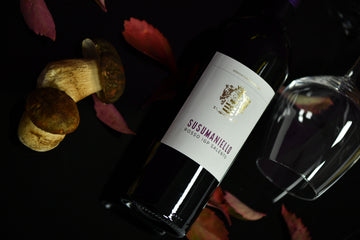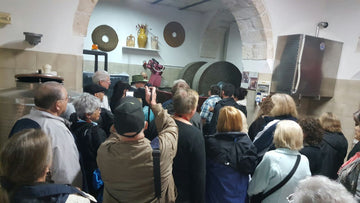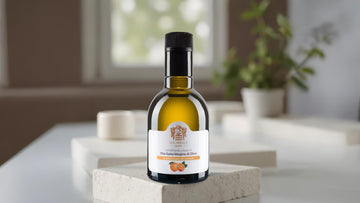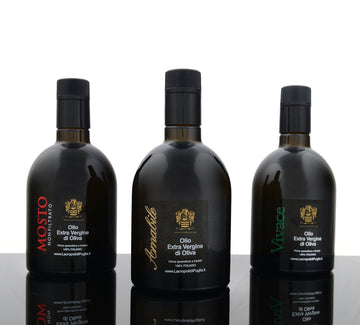In the heart of Puglia, a land with a thousand-year-old winemaking history, there is a grape variety that has remained hidden among the rows of vines in the countryside for centuries: Susumaniello .
This red wine with a strong character and a profoundly Apulian soul has experienced a curious destiny, passing from oblivion to a new rebirth, becoming today one of the most precious gems of the territory.
The origins of Susumaniello
The roots of Susumaniello are deep in the history of Mediterranean viticulture. It is thought that it arrived in Puglia thanks to trade with the Dalmatians or perhaps even with the ancient Greeks, who sailed the Adriatic routes. Its singular name, " Susumaniello " , derives from the local dialect and means " sommarello " (little donkey), a clear reference to the extraordinary productivity of the plant in its first years of life.
An almost forgotten vine
Despite its initial abundant production, Susumaniello was gradually abandoned during the twentieth century. The reason? As time passed, the plant drastically reduced its yield, becoming unsuitable for intensive viticulture. Thus, while Primitivo and Negroamaro conquered the market, Susumaniello risked disappearing.
The rebirth of Susumaniello
In recent years, however, some Apulian winemakers have decided to bet on this ancient vine. Its low yield, once seen as a limitation, has turned out to be a strength: fewer grapes means greater quality. Today, Susumaniello is considered one of the most fascinating native varieties of Puglia and is vinified both pure and in refined blends.
Characteristics of Susumaniello wine
Susumaniello Rosso stands out for its intense ruby color , with splendid purple reflections. On the nose it releases enveloping aromas of ripe cherries, plums and delicate spicy notes. In the mouth it is full, structured and surprisingly fresh , with well-balanced tannins that make it perfect for aging.
Pairings and tasting tips
This wine pairs perfectly with the robust dishes of the Apulian tradition .
It is ideal with roasts, mature cheeses and game dishes. Superlative with dishes based on porcini mushrooms and truffles.
Served at 16-18°C , it best expresses its complexity and elegance.






